Move over mistletoe!
It’s the holiday season and cheerful poinsettias are popping up everywhere. In fact, poinsettias are America’s No. 1 selling potted plant, even though the market for them is only about six weeks long!
Interesting tidbits about this popular holiday plant.
- Poinsettias, indigenous to Mexico, were historically utilized by the ancient Aztecs to produce red dye and, due to their sap, to manage fevers.
- Notably, contrary to popular belief, poinsettias are not toxic. While certain individuals and pets may exhibit sensitivity to the plant’s milky white sap containing latex, it is non-toxic. Nevertheless, if ingested, contact with the sap may lead to irritation of the skin, eyes, mucus membranes, or digestive system.
- Poinsettias are available in over 100 varieties, including white, cream, pink, purple, orange, and yellow, along with marble and bicolor variations.
- The showy, colorful part of the poinsettia isn’t a flower – it’s a modified leaf. The poinsettia’s modified leaves (called bracts) are often mistaken for the flower. Actually, the small yellow flowers (called cyathium) can be found clustered in the center of the bracts.
- Poinsettias necessitate both sunlight and dark nights to bloom, and their bloom is induced by the shorter days and longer nights of late fall and early winter. Any proximity to artificial light, such as streetlamps, may disrupt this blooming cycle.
- Notably, December 12th commemorates National Poinsettia Day, marking the passing of Joel Roberts Poinsett, the South Carolina congressman credited with introducing the poinsettia to the United States from Mexico. In 2002, the U.S. House of Representatives acknowledged National Poinsettia Day through legislative action.
- California is the primary poinsettia-producing state and commercially cultivates the plant in all 50 states. Other leading poinsettia-producing states include North Carolina, Texas, Florida, and Ohio.
- Lastly, in their native tropical habitat in Mexico and Central America, poinsettias manifest as perennial woody shrubs, reaching heights of 10 to 15 feet, resembling more a small tree than a conventional houseplant.
Choosing Your Poinsettia
Poinsettia is not the only Christmas flower, but it is undoubtedly the most popular. There are more than 100 species! There are many variants of sizes and colors… Choose any that appeals to you, but make sure you buy a healthy plant.
When shopping for a poinsettia, look for:
- Plentiful, dense, dark green foliage
- Tightly clustered buds to last throughout the holiday season
- Fully colored small leaves surround the yellow buds; if they’re still partially green, the plant will quickly lose its color
- A healthy, robust plant; yellow buds in the center of the flower shouldn’t drop off or shed pollen (look for tiny yellow grains); avoid plants with yellow, greenish-white, or sagging leaves and faded, torn, or discolored bracts (leaves beneath the flower)
- As with any plant, make sure the poinsettia is free from insects and diseases

How to Care for Poinsettias
Poinsettia care is easy throughout the holidays. Just follow these simple rules:
LIGHT: Poinsettias grow best in bright, indirect sunlight. Direct morning sun is fine, but hot midday sun can already cause the leaves to fade.
WATER: Water thoroughly, but allow topsoil to dry out between waterings. Remove the decorative plastic wrap to allow the soil to breathe. Poinsettia is prone to root rot if the soil is too wet.
HUMIDITY: Poinsettia likes room humidity around 40%, but winter air tends to be dry. It is good to give the plant a mist from water at room temperature. The mist is really good, not big drops of water! You can repeat several times a day.
TEMPERATURE: Poinsettias will be most happy at temperatures of 59-75°F. She doesn’t like cold drafts from doors and windows. As soon as the temperature drops below 50°F, the leaves may start to drop.
SOIL: Peat substrate is most suitable
FERTILIZER: Usually not necessary. But if you want to keep your poinsettia until next Christmas, it will benefit from a high phosphorus fertilizer diluted in half. You can water with it every 2 weeks.
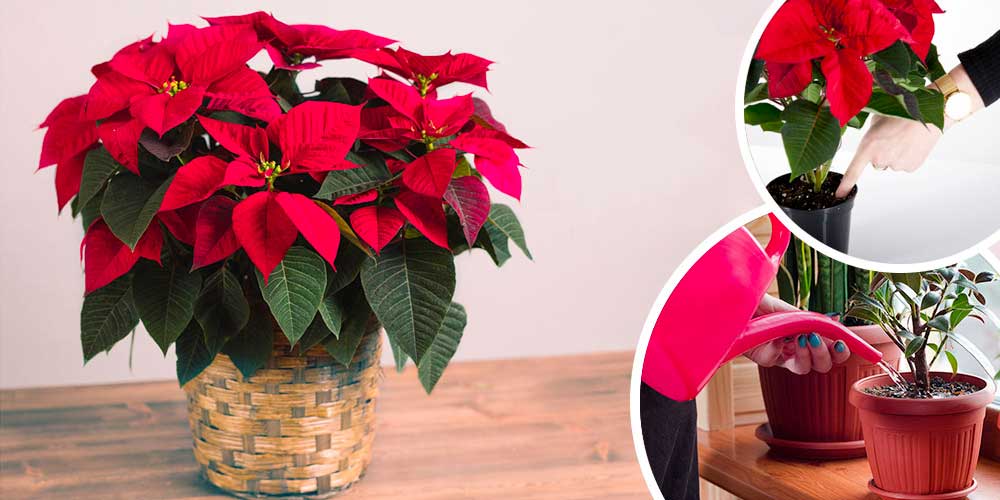
Struggling to keep your Christmas flowers alive throughout the holiday season? We can help you care for your holiday flowers!
Tips to Make Your Poinsettia Bloom
To encourage your poinsettia to bloom again, you’ll need to follow a specific light/dark schedule from October 1 to December 1, or for at least 40 days.
During this period, the plant requires 13 to 16 hours of complete darkness every day. In the evening, place the plant in a dark room, such as a closet, or cover it with a box or paper bag until the next morning, when you should expose it to eight hours of sunlight.
This process might seem meticulous, but if you’re successful, you’ll enjoy a vibrant, healthy plant just in time for the holidays.
Where to place the Poinsettia to keep it happy?
During the day, the Poinsettia needs plenty of indirect sunlight, warmth, no drafts from windows or doors. You can place it in direct sunlight in the morning, but midday sun could already cause the leaves to fade.
Discover similar tips
How to preserve Poinsettia so that it lasts for the next Christmas?
- When the leaves begin to fall, water the flower only sparingly so that it does not dry out, and do not fertilize it.
- At the beginning of April, cut it to about 6 inches (this will stimulate new growth).
- Keep the Poinsettia in a bright place, start watering and fertilizing again regularly.
- As soon as you see that it has sprouted, transplant it into new soil.
Learn About Poinsettia Plant Propagation
The most common manner of poinsettia plant propagation is rooting a poinsettia cutting. Although growers root cuttings in greenhouses, you can also root cuttings on a windowsill.
To get the best new plants, cut healthy new stems from vigorous plants. Take 3 to 6 inches of cuttings from parent plants just after their new growth starts in early summer. Using rooting hormones can help you succeed in rooting poinsettia cuttings. Tap some of the powder out on a paper towel and dip the cut end in the product.
Then insert the cutting into holes you have poked into moist, pasteurized potting soil or fine sand. Put the cuttings somewhere bright but out of direct sunlight. Placing the pots inside plastic bags increases the humidity.
Your efforts at propagating poinsettias should pay off after about a month, as the cuttings grow roots and develop root systems.
My poinsettia looks sick
Falling of leaves is caused by a lack of sunlight during the day and low temperatures. Be careful to cover the plant on the way home (and any transportation at all, for example to friends). Even short-term exposure of Poinsettia to frost can damage the plant.
Wilted leaves, on the other hand, are the result of long-soaked soil. Poinsettia is a tropical plant in origin and prefers moisture to wet conditions. Allow the soil to dry out a little before watering again, but not completely dry.
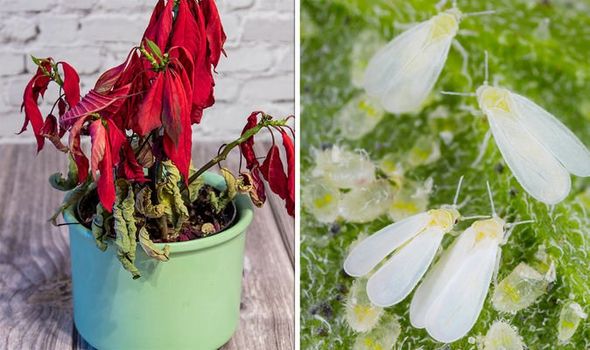
When the poinsettia leaves turn yellow , the water is usually to blame – whether it is too dry or overwatered, it will react by turning yellow, and then the leaves fall. Keep the soil in the pot moist – not dry, not wet – just “just right.” If you water correctly and the Poinsettia still turns yellow and falls off, a lack of minerals, especially magnesium or molybdenum (remedied by fertilization – fertilizer for flowering houseplants), may also be to blame, but be careful, everything in moderation.
The poinsettia is most often attacked by whiteflies among pests. They are insidious as they settle on the underside of the leaves and literally suck the life out of the plant. Although very tiny, they are noticeable if you know what to look for. Apply a suitable insecticide (e.g. Mospilan) to treat the plant and prevent transmission to other houseplants.
When your poinsettia is fading, give it darkness. Either place it in a dark room or cover it up. It should have at least 14 hours of darkness per day.
Do you have a cactus at home in addition to a poinsettia? We know how to take care of Christmas cactus!
Poinsettia Decorations For The Home
Sure, here is the revised text:
You can include a poinsettia in your apartment’s Christmas decoration. Your imagination has no limits – you can decorate the flower pot’s cover. All you need is a hot glue gun or regular glue. The gold color complements the poinsettia beautifully, so you can use ribbons and bells in this color and add pine cones from the forest for contrast.
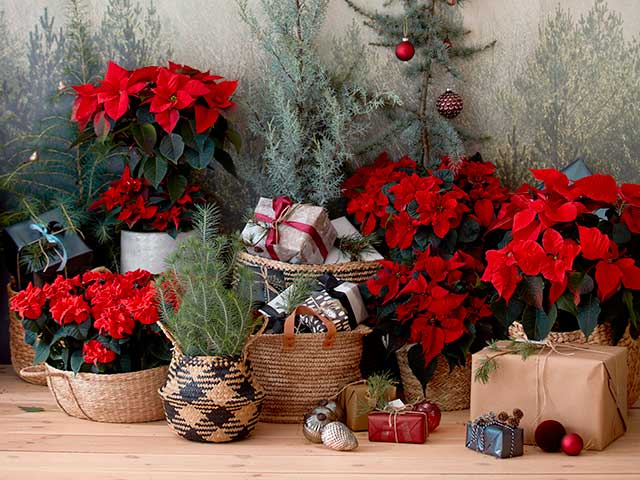
You can create a natural corner using collected materials like leaves, cones, and dried grass. The decoration can be striking in gold and red colors or more subdued and natural using wicker baskets and old flower pots. Simply choose what is closest to you and best fits your Christmas concept.
Christmas wouldn’t be Christmas without a generous helping of poinsettias scattered around the house. Newer varieties last a lot longer than older types, which means they’ll look great throughout the holiday season and well into the new year.

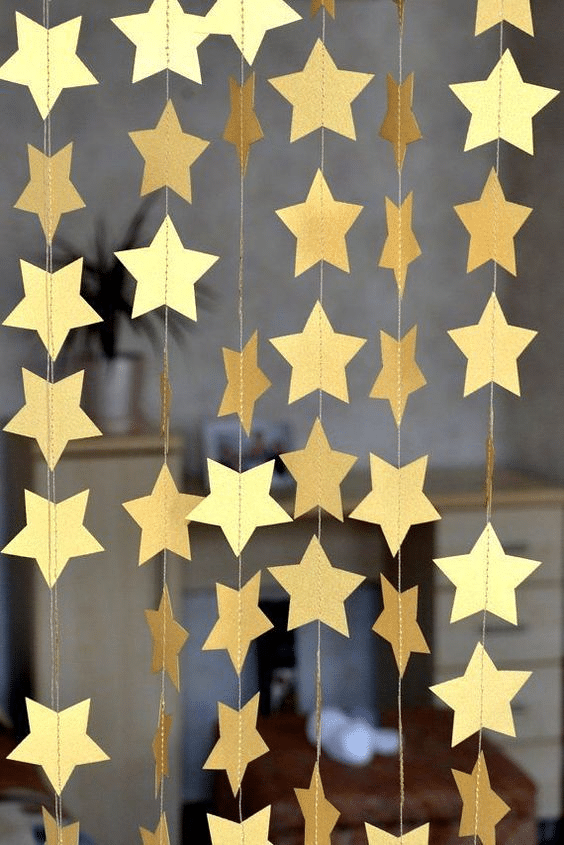
 Milan & Ondra
Milan & Ondra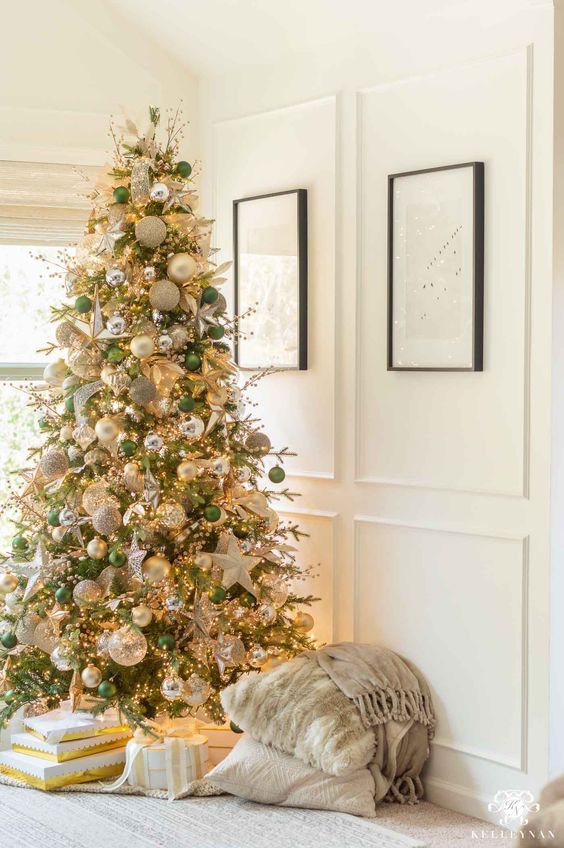
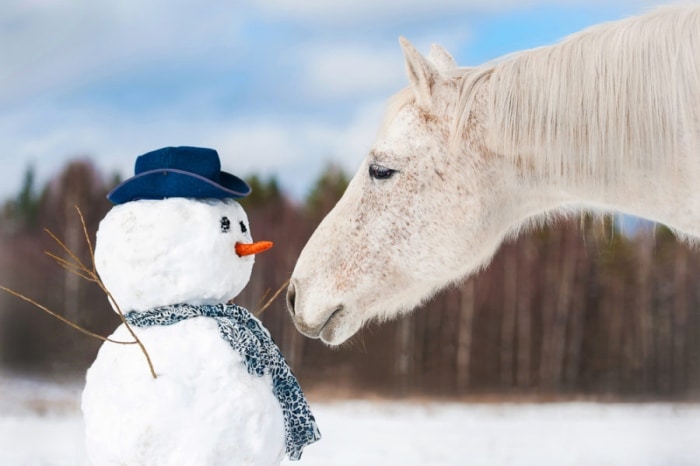

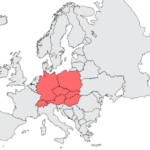 Central Europe
Central Europe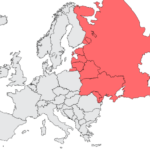 Eastern Europe
Eastern Europe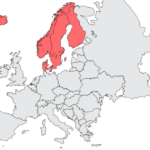 Northern Europe
Northern Europe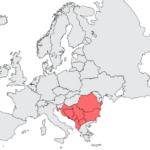 Southeast Europe
Southeast Europe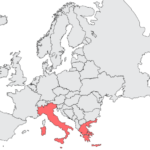 Southern Europe
Southern Europe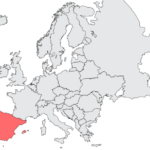 Southwestern Europe
Southwestern Europe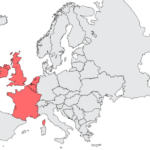 Western Europe
Western Europe